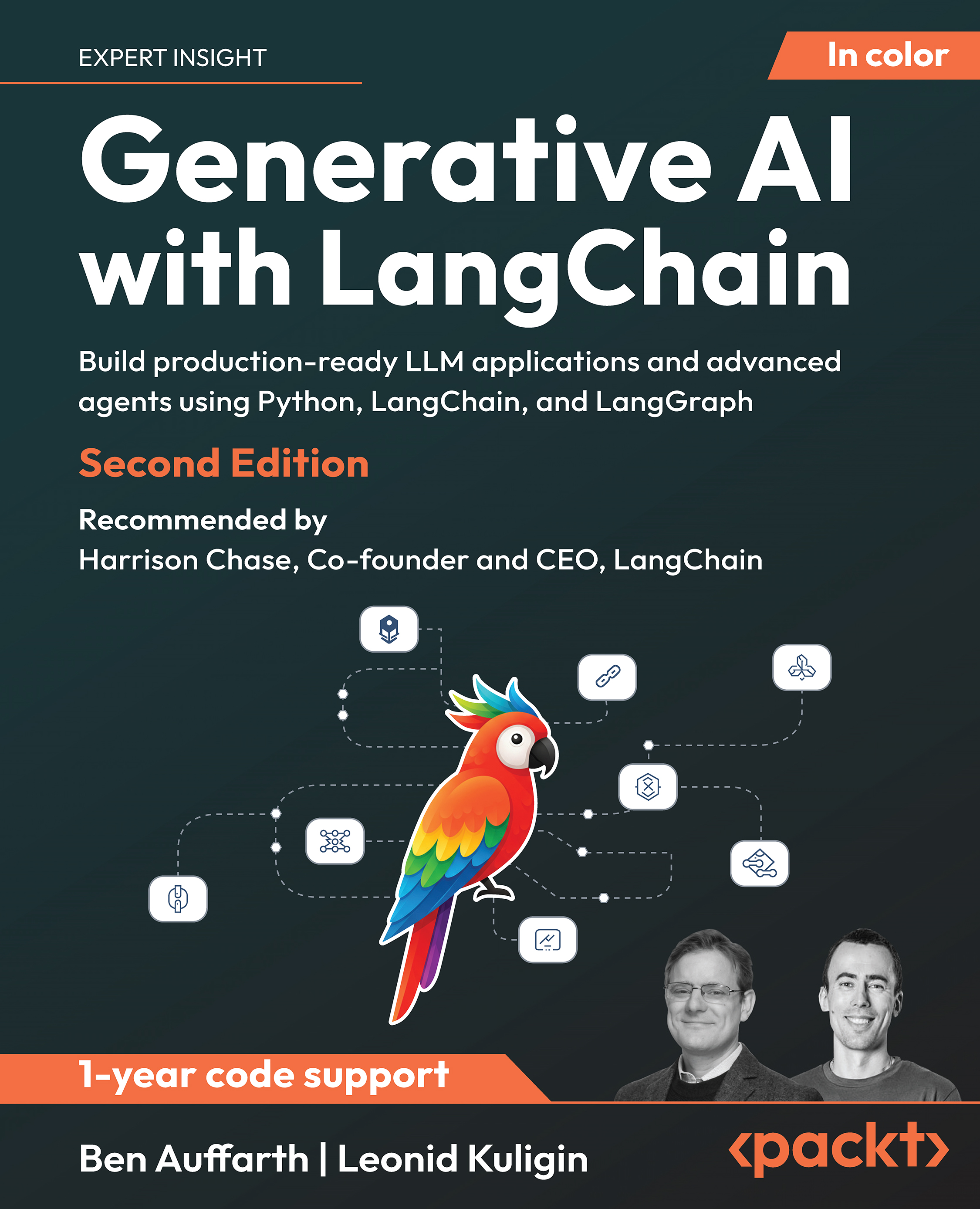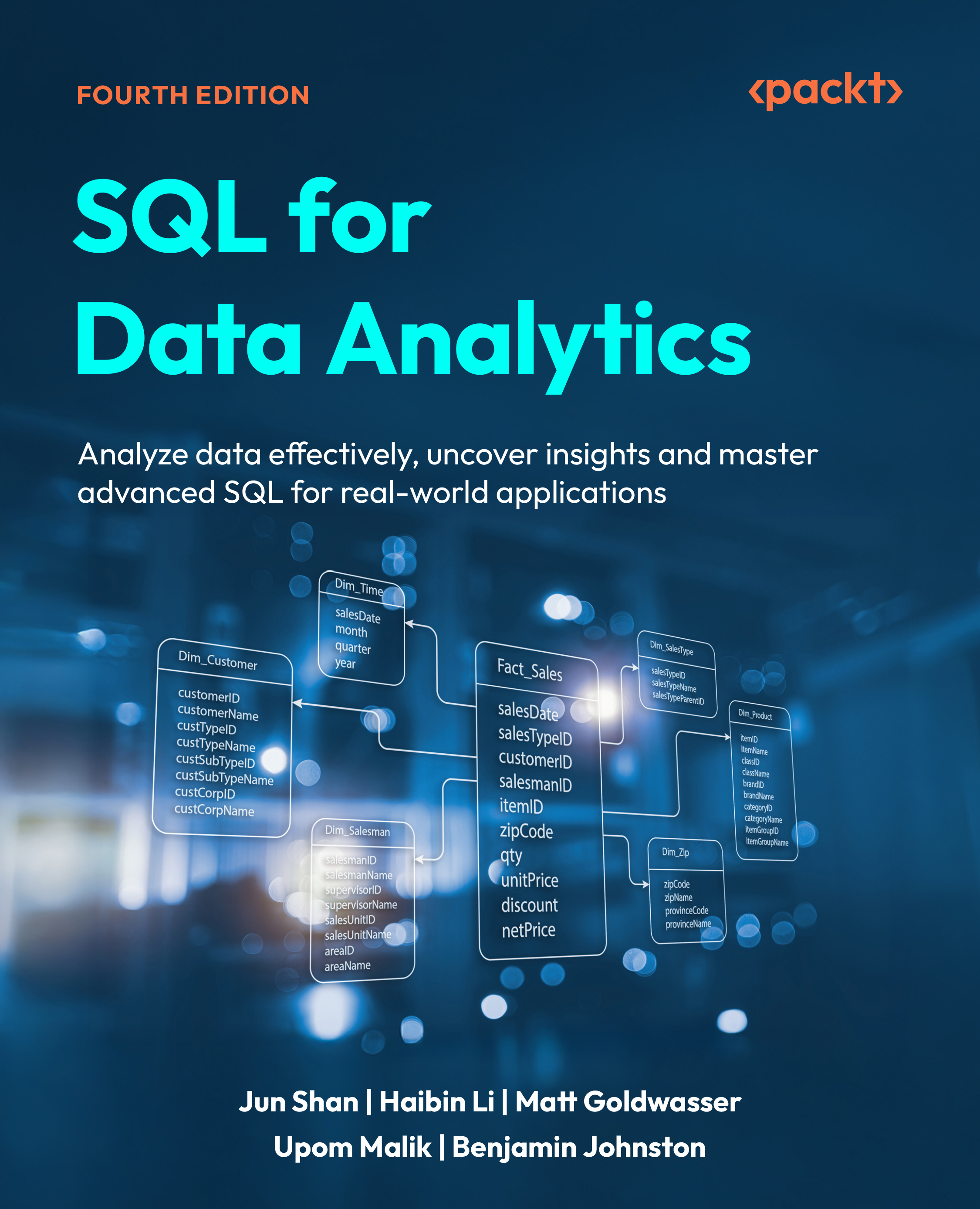(For more resources related to this topic, see here.)
In today's world, real-time information is continuously getting generated by applications (business, social, or any other type), and this information needs easy ways to be reliably and quickly routed to multiple types of receivers. Most of the time, applications that are producing information and applications that are consuming this information are well apart and inaccessible to each other. This, at times, leads to redevelopment of information of producers or consumers to provide an integration point between them. Therefore, a mechanism is required for seamless integration of information of producers and consumers to avoid any kind of rewriting of an application at either end.
In the present era of big data, the first challenge is to collect the data and the second challenge is to analyze it. As it is a huge amount of data, the analysis typically includes the following and much more:
- User behavior data
- Application performance tracing
- Activity data in the form of logs
- Event messages
Message publishing is a mechanism for connecting various applications with the help of messages that are routed between them, for example, by a message broker such as Kafka. Kafka is a solution to the real-time problems of any software solution, that is, to deal with real-time volumes of information and route it to multiple consumers quickly. Kafka provides seamless integration between information of producers and consumers without blocking the producers of the information, and without letting producers know who the final consumers are.
Apache Kafka is an open source, distributed publish-subscribe messaging system, mainly designed with the following characteristics:
- Persistent messaging: To derive the real value from big data, any kind of information loss cannot be afforded. Apache Kafka is designed with O(1) disk structures that provide constant-time performance even with very large volumes of stored messages, which is in order of TB.
- High throughput: Keeping big data in mind, Kafka is designed to work on commodity hardware and to support millions of messages per second.
- Distributed: Apache Kafka explicitly supports messages partitioning over Kafka servers and distributing consumption over a cluster of consumer machines while maintaining per-partition ordering semantics.
- Multiple client support: Apache Kafka system supports easy integration of clients from different platforms such as Java, .NET, PHP, Ruby, and Python.
- Real time: Messages produced by the producer threads should be immediately visible to consumer threads; this feature is critical to event-based systems such as Complex Event Processing (CEP) systems.
Kafka provides a real-time publish-subscribe solution, which overcomes the challenges of real-time data usage for consumption, for data volumes that may grow in order of magnitude, larger that the real data. Kafka also supports parallel data loading in the Hadoop systems.
The following diagram shows a typical big data aggregation-and-analysis scenario supported by the Apache Kafka messaging system:

At the production side, there are different kinds of producers, such as the following:
- Frontend web applications generating application logs
- Producer proxies generating web analytics logs
- Producer adapters generating transformation logs
- Producer services generating invocation trace logs
At the consumption side, there are different kinds of consumers, such as the following:
Unlock access to the largest independent learning library in Tech for FREE!
Get unlimited access to 7500+ expert-authored eBooks and video courses covering every tech area you can think of.
Renews at $15.99/month. Cancel anytime
- Offline consumers that are consuming messages and storing them in Hadoop or traditional data warehouse for offline analysis
- Near real-time consumers that are consuming messages and storing them in any NoSQL datastore such as HBase or Cassandra for near real-time analytics
- Real-time consumers that filter messages in the in-memory database and trigger alert events for related groups
Need for Kafka
A large amount of data is generated by companies having any form of web-based presence and activity. Data is one of the newer ingredients in these Internet-based systems. This data typically includes user-activity events corresponding to logins, page visits, clicks, social networking activities such as likes, sharing, and comments, and operational and system metrics. This data is typically handled by logging and traditional log aggregation solutions due to high throughput (millions of messages per second). These traditional solutions are the viable solutions for providing logging data to an offline analysis system such as Hadoop. However, the solutions are very limiting for building real-time processing systems.
According to the new trends in Internet applications, activity data has become a part of production data and is used to run analytics at real time. These analytics can be:
- Search based on relevance
- Recommendations based on popularity, co-occurrence, or sentimental analysis
- Delivering advertisements to the masses
- Internet application security from spam or unauthorized data scraping
Real-time usage of these multiple sets of data collected from production systems has become a challenge because of the volume of data collected and processed.
Apache Kafka aims to unify offline and online processing by providing a mechanism for parallel load in Hadoop systems as well as the ability to partition real-time consumption over a cluster of machines. Kafka can be compared with Scribe or Flume as it is useful for processing activity stream data; but from the architecture perspective, it is closer to traditional messaging systems such as ActiveMQ or RabitMQ.
Few Kafka usages
Some of the companies that are using Apache Kafka in their respective use cases are as follows:
Summary
In this article, we have seen how companies are evolving the mechanism of collecting and processing application-generated data, and that of utilizing the real power of this data by running analytics over it.
Resources for Article:
Further resources on this subject:
 United States
United States
 Great Britain
Great Britain
 India
India
 Germany
Germany
 France
France
 Canada
Canada
 Russia
Russia
 Spain
Spain
 Brazil
Brazil
 Australia
Australia
 South Africa
South Africa
 Thailand
Thailand
 Ukraine
Ukraine
 Switzerland
Switzerland
 Slovakia
Slovakia
 Luxembourg
Luxembourg
 Hungary
Hungary
 Romania
Romania
 Denmark
Denmark
 Ireland
Ireland
 Estonia
Estonia
 Belgium
Belgium
 Italy
Italy
 Finland
Finland
 Cyprus
Cyprus
 Lithuania
Lithuania
 Latvia
Latvia
 Malta
Malta
 Netherlands
Netherlands
 Portugal
Portugal
 Slovenia
Slovenia
 Sweden
Sweden
 Argentina
Argentina
 Colombia
Colombia
 Ecuador
Ecuador
 Indonesia
Indonesia
 Mexico
Mexico
 New Zealand
New Zealand
 Norway
Norway
 South Korea
South Korea
 Taiwan
Taiwan
 Turkey
Turkey
 Czechia
Czechia
 Austria
Austria
 Greece
Greece
 Isle of Man
Isle of Man
 Bulgaria
Bulgaria
 Japan
Japan
 Philippines
Philippines
 Poland
Poland
 Singapore
Singapore
 Egypt
Egypt
 Chile
Chile
 Malaysia
Malaysia













